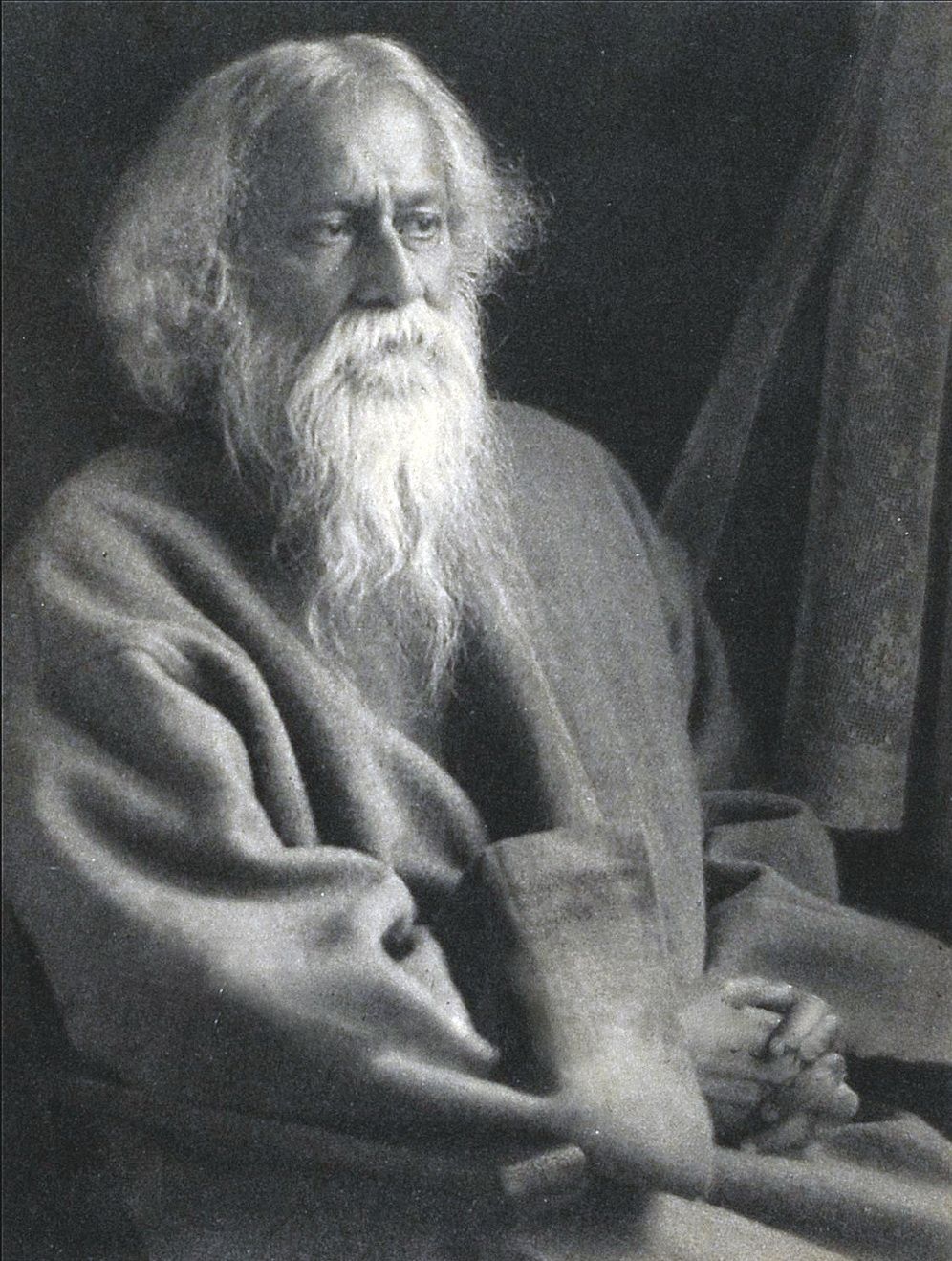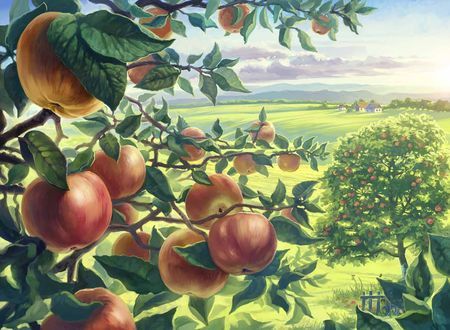One century, many centuries later, gives birth to an artist who becomes the measure of the art and culture of the whole country. It is enough to mention the name of Dr. Rabindra Nath Tagore to know the pinnacle of art in India.
Rabindranath Tagore was born on May 7, 1861 in Calcutta [now Kolkata]. He was born in the famous family of Mahatma Devinder Nath Thakur. This family had, for a long time, received the title of ‘Thakur’ from the Mughal court. People have been calling him Thakur ever since. This is an artist family that has been around for generations.
Rabindra Nath was the youngest and fourteenth of his siblings. Little Tagore’s mother separated from him and he spent his childhood in the hands of servants. Rabindranath had a passion for planting saplings with his own hands from the very beginning. His father had provided him with exercise, running, taari and raga education since childhood. Their food was concerned with need rather than taste. The dress was also very simple and modest. In winter, it was considered sufficient to wear another cotton garment to protect oneself from the cold.
Tagore did some studies at home, some at school and some with his brother in Ahmedabad. When he was seventeen, he moved to England with his brother. His brother, Satinder Babu, was the first Indian judge in India. Rabinder Babu was married in 1883 to Mrinalini Devi, a Bengali beauty. Now that the poet, free from the burden of landlordism, wanted to live in ‘Shanti Niketan’, Minalini supported him with hard work and sacrifice.
The twentieth century had begun. Rabindra Nath made Shanti-Niketan, far from urban hustle and bustle, a center of learning and learning like the Vedic Rishis. In 1912, he returned to the United Kingdom. There he published his book, Gitanjali, in English. In 1916, Gitanjali received the Nobel Prize of one lakh and twenty thousand, which is the biggest prize of all time. In the same year, the University of Calcutta awarded the poet a D.A. Lit. Degree offered.
Rabindra Nath was a true artist, an artist of his country, an artist of his people. Gandhi and Tagore were contemporaries. India is fortunate that two large golden pages of its chronicle were written at the same time. Although there was a big difference in the work of the two, the ideal of India-building before them was the same. Gandhiji was a saint-soldier in the political arena and Rabindra Nath was both a representative and a spokesman for Indian culture.
To this day, China has not accorded such an honor to any human being as it did to the poet Tagore. The Chinese nicknamed him “Chun Chen Taan” meaning “Shining Sun of India”.
Giving Argh is an ancient ritual of the province of Bengal. The people of Bengal were filled with pride when they saw their earthly son shining like the sun in the sky of the whole world.
People decorated the street markets of Calcutta and gathered in an open field and offered a silver argh and placed a garland of fragrant flowers on gold leaves around Rabindra Nath’s neck. He also presented a gold lotus flower and a certificate engraved on ivory.
This great representative of Indian culture finally passed away on August 7, 1941. Keeping in mind such a lofty and perfect life of words and deeds, he is remembered as Maha Rikhi and Gurudev.
Thank you!









Comments & Discussion
7 COMMENTS
Please login to read members' comments and participate in the discussion.